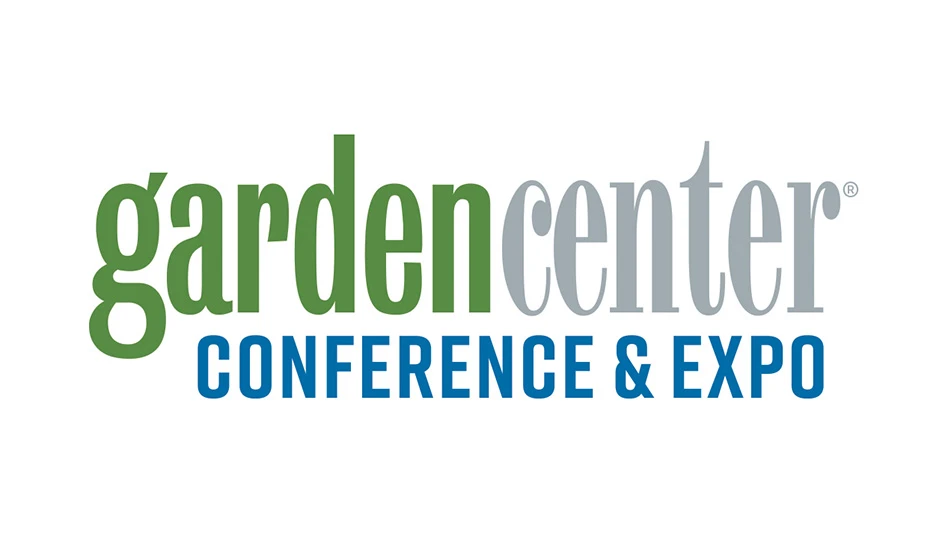
The Occupational Safety and Health Administration (OSHA) is a government body working to create “safe and healthful working conditions for working men and women by setting and enforcing standards and by providing training, outreach, education and assistance,” according to its website.
“It’s out there to help employers keep their employees safe,” says Zach Bruce, a representative for Hortica®, a brand of the Sentry Insurance Group. “They have regulations and standards that workplaces have to follow.”
According to Bruce, OSHA is important because it sets minimum guidelines for employers to follow. Here are a few aspects of OSHA that growers should know in case of an inspection.
How to prepare for a visit
When preparing for an OSHA visit, Bruce says the correct steps to take are dependent on why OSHA is visiting.
If they are at a greenhouse for a full inspection, Bruce says it’s unlikely that the owner will get any notice before OSHA arrives on site. Most OSHA inspections, he says, are unannounced. That, however, doesn’t mean growers cannot plan for visits.
Bruce says growers should have a plan in place to handle OSHA visits. For starters, he recommends selecting one person – whether that’s the safety manager, head grower, the business manager or another responsible employee – to be notified when the OSHA inspector arrives. That person should then be the point of contact while the inspector is on site. Having a couple additional employees who can fill in if the designated employee isn’t available is also recommended. Typically, OSHA will give the designated point of contact person(s) an hour to be available before going ahead with an inspection.
“Sometimes, if that person isn’t available, they will leave and come back,” Bruce says. “But other times, they won’t. It really depends.”
Bruce also recommends being courteous with the inspector and simply keeping up with all OSHA regulations.
Some of the reasons for an OSHA visit include serious injuries, fatalities or an employee-issued complaint to name a few. OSHA maintains a high-risk industry list of employers who have a higher-than-average incident rate for the industry that can trigger inspections.
Possible punishments
The punishment for violating OSHA regulations can be expensive. In the past, a grower could be fined up to $7,000 per violation and/or up to $70,000 for every violation deemed repeating or willful. As of Jan. 13, 2017, fines have been increased to $12,675, or $126,749 for willful or repeated violations. And if a citation has been issued, and a company elects not to fix the hazard in the time allotted, OSHA could fine a business up to $12,675 for every day the violation isn’t fixed.
In short: OSHA violations are not cheap.
For growers, Hortica safety services and loss control department can help customers with OSHA standards. Hortica performs inspections where they can help identify safety issues that may relate back to OSHA standards or may cause an accident/injury. They also make sure to inform growers about pertinent OSHA standards and general best safety practices, Bruce says.
What an inspection entails
According to Bruce, OSHA visits start with an opening conference where the inspector will tell employees when he or she is there. There, he or she will explain the scope of the inspections. If the inspection was triggered by an accident or other incident, they may ask questions related to the accident or incident. In most cases – but not all – OSHA inspectors will not inspect the full facility if they are there due to a serious injury or an employee issued complaint.
When traveling through a greenhouse, anything an OSHA inspector may see is fair game. Inspections also can take several hours or longer to complete depending on the size of the business and violations found. Consequently, Bruce recommends that growers work diligently to stay compliant with OSHA regulations by doing in-house inspections every so often.
“Regulations are there to keep employees safe,” Bruce says. “It has to be a high priority for any employer.”
For more information on OSHA guidelines, visit osha.gov.
Hortica® property and casualty coverages are underwritten, and loss control services are provided, by Florists' Mutual Insurance Company and Florists' Insurance Company, members of the Sentry Insurance Group. For more information, visit hortica.com. Policies, coverages, benefits and discounts are not available in all states. See policy for complete coverage details.
This document is made available by Sentry Insurance a Mutual Company and its subsidiaries and affiliates (collectively "SIAMCO") with the understanding that SIAMCO is not engaged in the practice of law, nor is it rendering legal advice. The information contained in this document is of a general nature and is not intended to address the circumstances of any particular individual or entity, nor the best practices applicable to any particular individual or entity. Legal obligations may vary by state and locality, and best practices are unique to specific items and situations. No one should act on the information contained in this document without advice from a local professional with relevant expertise.
Latest from Nursery Management
- Veseris expands in turf and ornamental with acquisition of Tessman and Lynde companies
- APHIS establishes box tree moth quarantines in Delaware and Pennsylvania
- Jess Lyga joins Bailey sales team
- Top 12 articles of 2024
- Happy holidays from the GIE Media Horticulture Group!
- December issue recap
- North Carolina Nursery & Landscape Association announces new executive vice president
- Plant Development Services, Inc. unveils plant varieties debuting in 2025





